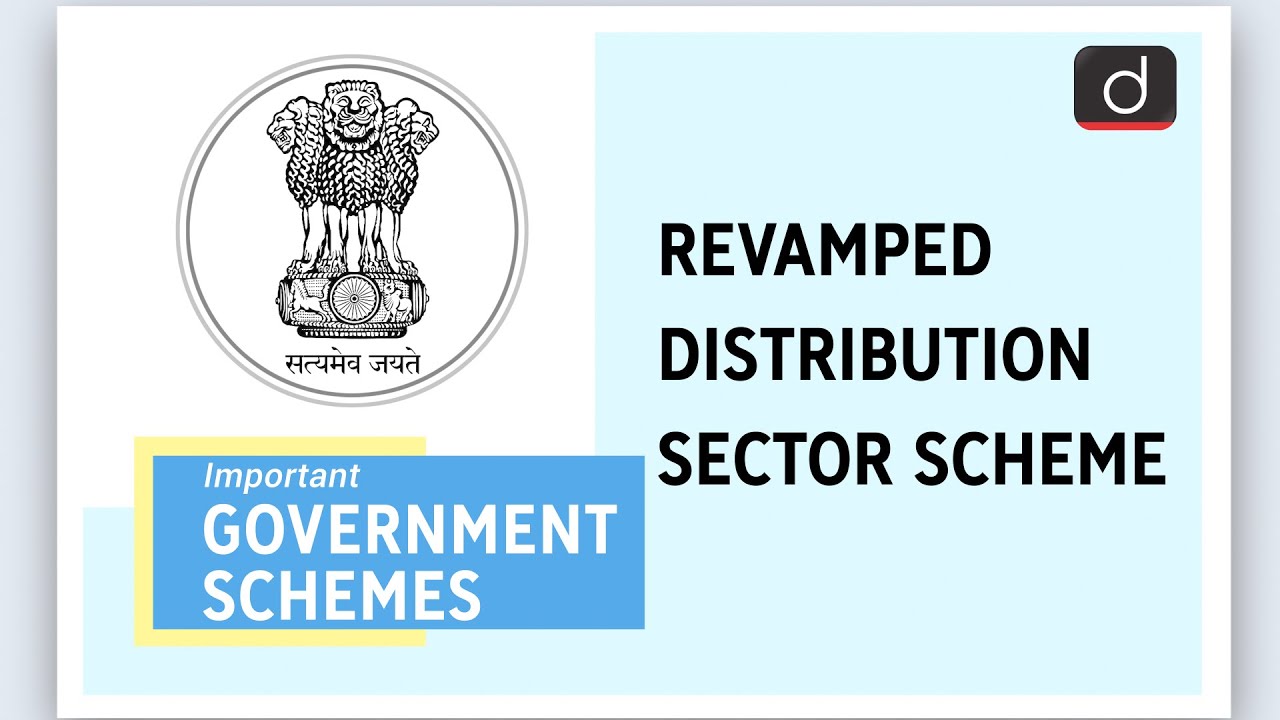The Revamped Distribution Sector Scheme (RDSS) was launched by the Government of India in December 2014 to address the financial distress of state electricity distribution companies (DISCOMs) and improve the efficiency of the power distribution sector in the country. The scheme is aimed at promoting sustainable and financially viable power distribution in India. The scheme encourages DISCOMs to adopt measures such as improving their billing and collection efficiency, reducing transmission and distribution losses, and promoting renewable energy. The key reforms under the RDSS include the reduction of aggregate technical and commercial (AT&C) losses by adopting measures such as energy audits, feeder separation, and the upgradation of distribution transformers. The scheme promotes the installation of smart meters to improve billing accuracy and reduce electricity theft. Financial assistance to the DISCOMs is provided to reduce their debt burden and improve their financial viability. The assistance is provided in the form of grants, loans, and other financial instruments. Under the scheme, DISCOMs are encouraged to promote renewable energy by setting up solar and wind power projects and purchasing power from renewable energy generators. The RDSS scheme promotes energy efficiency measures such as the adoption of LED lighting, energy-efficient pumps and motors, and building energy-efficient infrastructure.
One such scheme under the RDSS of Rs 5200 crore has been sanctioned for the UT, with almost equal distribution of funds between the Jammu and Kashmir divisions. Under the scheme, power infrastructure in Jammu and Kashmir, including 33 KV and 11 KV stations, HTs, LTs, and other equipment, is supposed to be augmented. Even underground cabling is proposed. The aim is to avoid losses and ensure regular supply to the consumers. The scheme is valid for three years. Jammu Division has been continuously improving its power revenue collection, collecting two thousand crores in the last financial year, but the collection from Kashmir is still too low and a matter of grave concern.
The Jammu and Kashmir Power Development Corporation (JKPDC) has been restructured into separate generation, transmission, and distribution companies to improve operational efficiency and financial performance. But the expected targets are still far away. Efforts are still underway, with more stress on loss reduction and revenue collection. From time to time, lists of defaulters have been published, and of late, the electricity of big defaulters had been cut. New goals have been established, and efforts are being made to hold concerned employees accountable. Pilferage has to be stopped.
Overall, this RDSS scheme is aimed at promoting sustainable and financially viable power distribution in Jammu and Kashmir. The scheme is expected to improve the operational and financial performance of UT DISCOMs and provide reliable and affordable electricity to consumers. The government has provided enough funds; now the onus lies with the department to utilise those funds to improve infrastructure and generate revenue.
Trending Now
E-Paper


